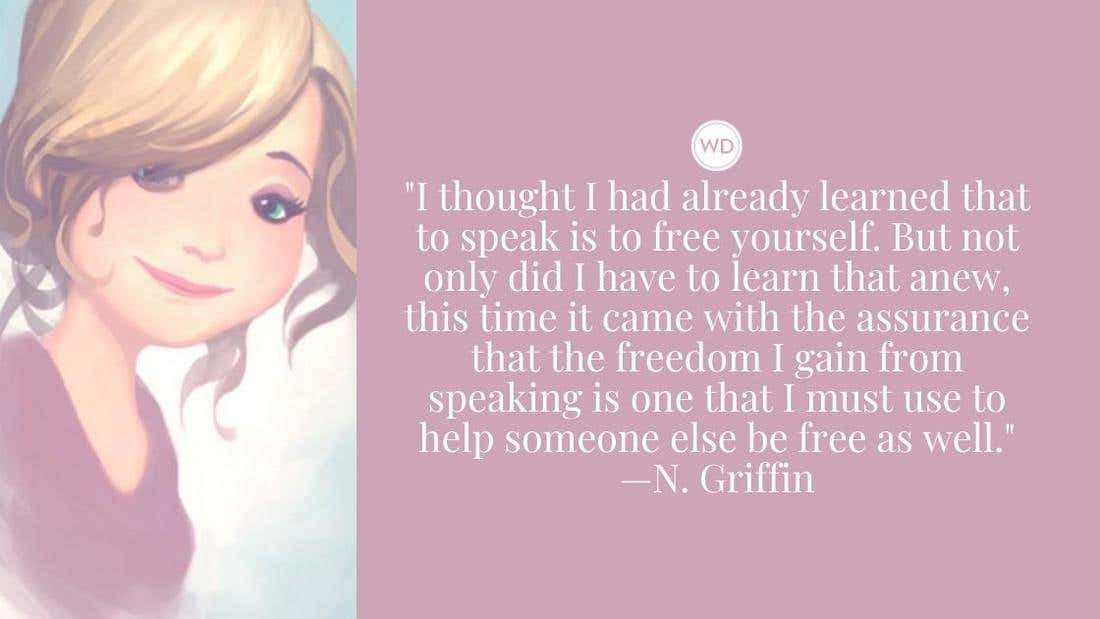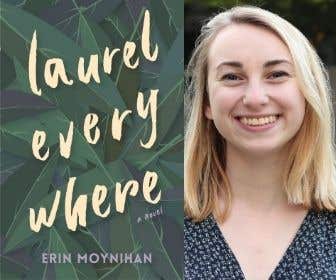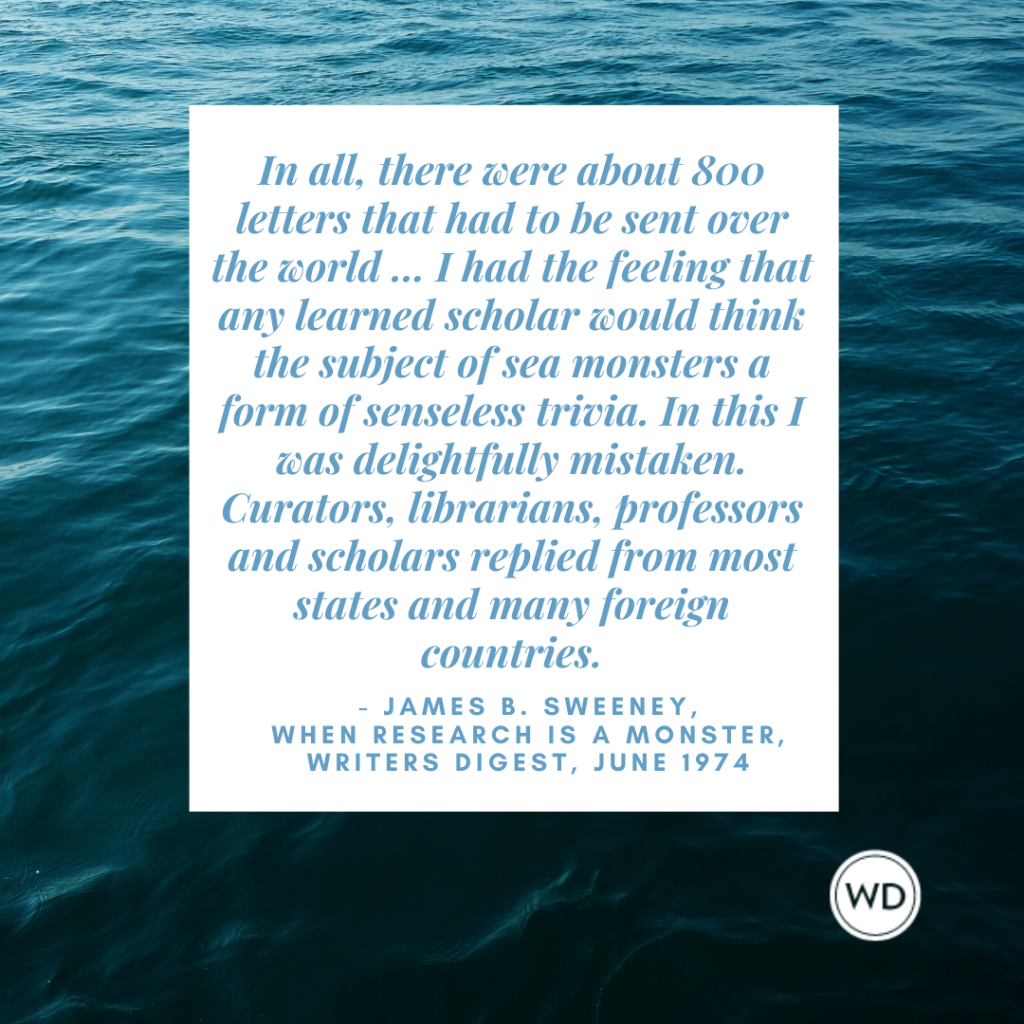What is the Throughline of a Novel? (And Why It’s Important You Have One)
The best way to travel the length of your story is to grab hold of the throughline—the driving force of the book—and refuse to let go. Understand the throughline of your novel by studying these examples.
Once you conceive your basic story idea and characters and start writing, you’ll reach the heart of the book, that painful place where, like Hansel and Gretel, it’s not uncommon to become lost in the dark, savage woods. It’s scary in there. Intimidating. Confusing. It’s easy to become frightened and lose your way as you try to move forward. But as someone said who must have once found herself in a similar position, “The only way out is through.”
The best way to travel the length of your story is to grab hold of the throughline—the driving force of the book—and refuse to let go. There can, of course, be more than one throughline in a book. But as you will see, there should always be one fundamental throughline that pulls the reader from beginning to end. And this is never more important than when writing for young readers.
In Hollywood, screenwriters speak of the throughline as an unwavering given in a screenplay. The throughline creates the forward momentum that makes the story absorbing and the protagonist spring to life. Some writers think of the throughline as the embodiment of the main character’s conscious desire. The character knows what he wants and knows that he wants it. This personal hunger, shared by the viewer, drives the story and shapes the narrative.
Somewhere at the closing of the second act of a screenplay, or at the end of the middle of a book, the character’s conscious desire breaks down. What she wants is denied, either by her own choice or by the force of outside circumstances. This breakdown exposes a deeper motivation that propels the character forward, a motivation she was originally unaware of.
This thirst—this force that motivates the hero and drives the action—becomes a secondary, but equally powerful, throughline. Just as a screenwriter constructs a throughline for his story, an actor constructs a throughline for his role in a play or movie. As he moves through the play, he thinks of the throughline as his objective. Each actor has an overall objective, a guiding light he follows throughout the play from beginning to end. Whatever situation in which he finds himself, he does not lose sight of this goal, the throughline. The actor also has an objective for each scene—a mini throughline, a driving motivation that guides him from the beginning to the end of the scene. The throughline is there to keep the actor on track, which is precisely what it does for a writer.
Propel your hero forward.
In Katherine Paterson’s Bridge to Terabithia, Jess Aarons wants more than anything to be the fastest runner in the fifth grade—“not one of the fastest or next to the fastest, but the fastest. The very best.”
This ambition constitutes the initial throughline that defines the overall momentum of the book. Then Jess meets Leslie Burke, the new girl in school. She’s a tomboy and a faster runner than Jess. In spite of their competition, the two forge a powerful and lasting friendship. Jess and Leslie bond in their defense against a hostile world and their embrace of a world of art and imagination. The two build a magical castle in the woods, a place that can be reached only by swinging over a rain-swollen creek, where Jess must eventually confront his fear of water: “He may not have been born with guts, but he didn’t have to die without them.”
Beginning with his goal of becoming the fastest runner in the fifth grade, Jess’ multifaceted desire for self-realization becomes the primary throughline that runs through the story from beginning to end. We see this throughline manifested in his need to confront his fear and affirm his artistic talent, and we see it in his need to overcome the obstacles life has set before him.
Leslie’s accidental death gives rise to the final throughline of the story. Here, Jess must learn to cope with his grief and believe in himself. Until that point, he has been convinced he needed Leslie to “make the magic.” Now Jess is alone and must learn to call upon his own creative spirit without the help of his friend. He must also celebrate Leslie’s memory by confronting his fear of water and honoring the artist within him.
All of these thematic throughlines propel the hero forward into and through the action. Each one is powerful in its own right and grows out of the action that preceded it. And each one is presented in a true and spellbinding way.
Allow the throughline to evolve.
On a more basic level, in Watty Piper’s The Little Engine That Could, the story begins with a train carrying toys and food to the good little boys and girls on the other side of the mountain. The desire to make the delivery is the original and sustaining throughline of the book. The train has toys. The children are waiting.
Before the train can go over the mountain, however, the original engine breaks down, jeopardizing the delivery of toys and food. The dolls on the train ask three engines for help, but they all refuse. Finally, the dolls ask a tiny blue engine, and she agrees to help.
Here, the throughline shifts from the need to deliver toys to the engine’s challenge of pulling the train over the mountain. Will she or won’t she be able to accomplish this daunting task? The last third of the story is then propelled by this secondary throughline, moving from, “I think I can,” to, “I thought I could,” in a tale that has entertained and encouraged young children for generations.
Although the focus shifts midway through the story to the new throughline of finding and receiving help—along with whether the Little Engine will make it over the mountain—the overarching throughline of the book still remains. Even as we cheer for the success of the Little Engine, we never forget that the boys and girls on the other side of the mountain are waiting for their goodies.
Continuing the train motif, think of the throughline as a locomotive carrying your main character on the journey through your book. You move down the track in one direction only. You might stop at stations, take on new passengers and let others off, admire the views, even grab a bite for lunch. But you always maintain a forward-moving trajectory. You never lose sight of your goal. You might change tracks, but you don’t bring the throughline to a halt before it connects to the next throughline or reaches the final destination. Even if you employ the liberal use of flashbacks and multiple subplots, the momentum is always and inevitably forward toward your destination.
From beginning to end, the throughline is a constant in your story. Any number of other things can happen, but what drives the hero and compels her to act is never in question because the throughline is there to maintain your readers’ attentions and to pull them through the story.








